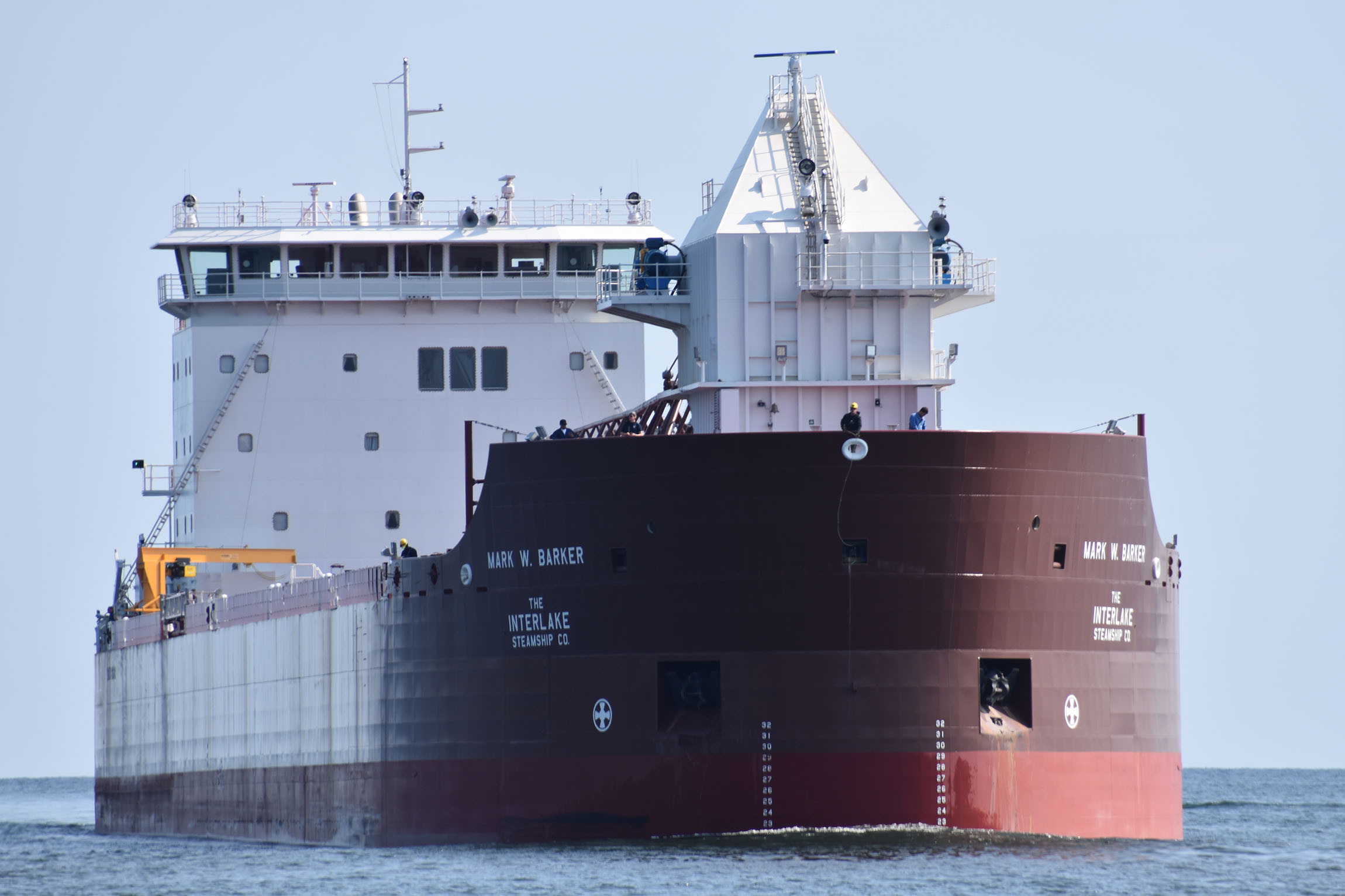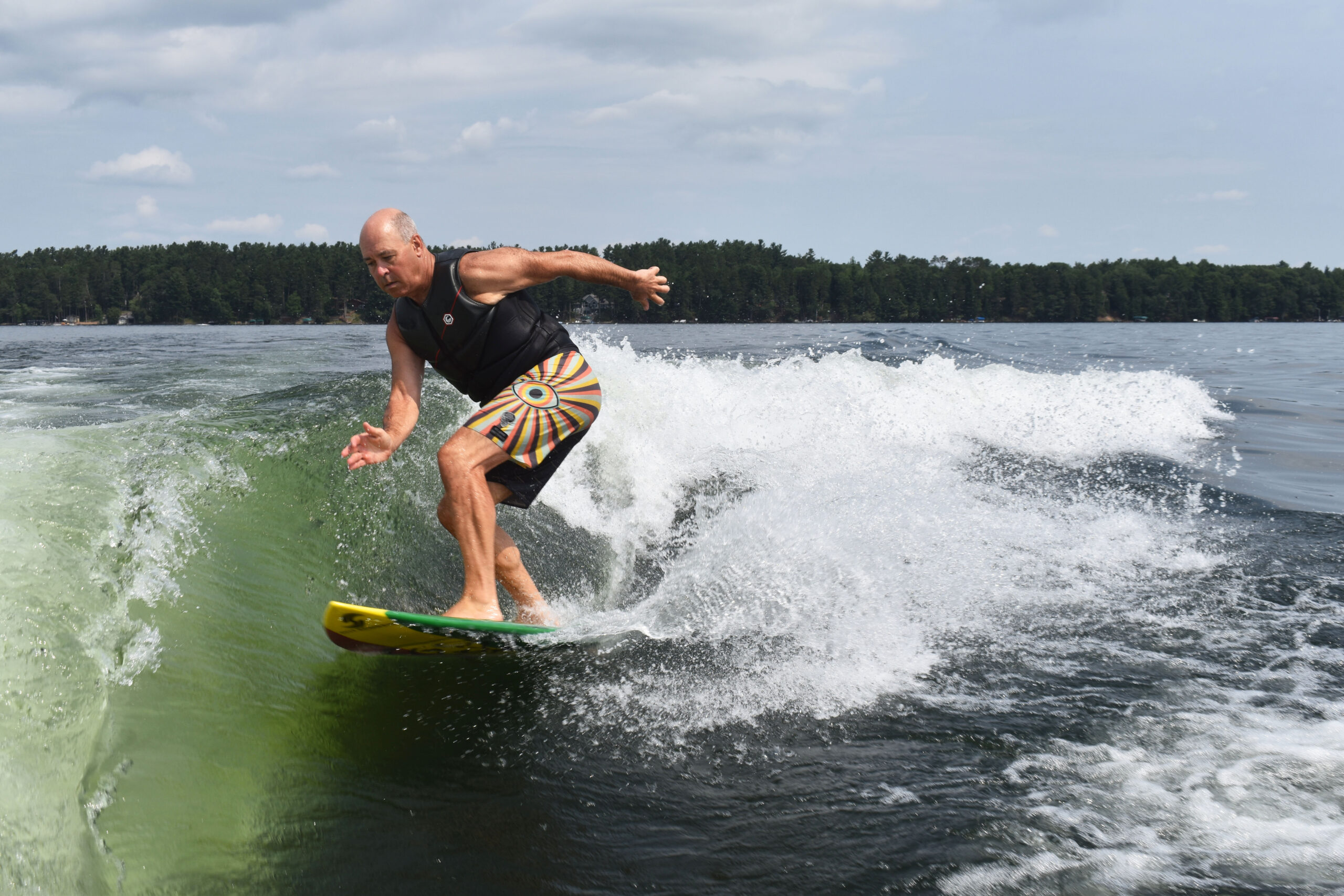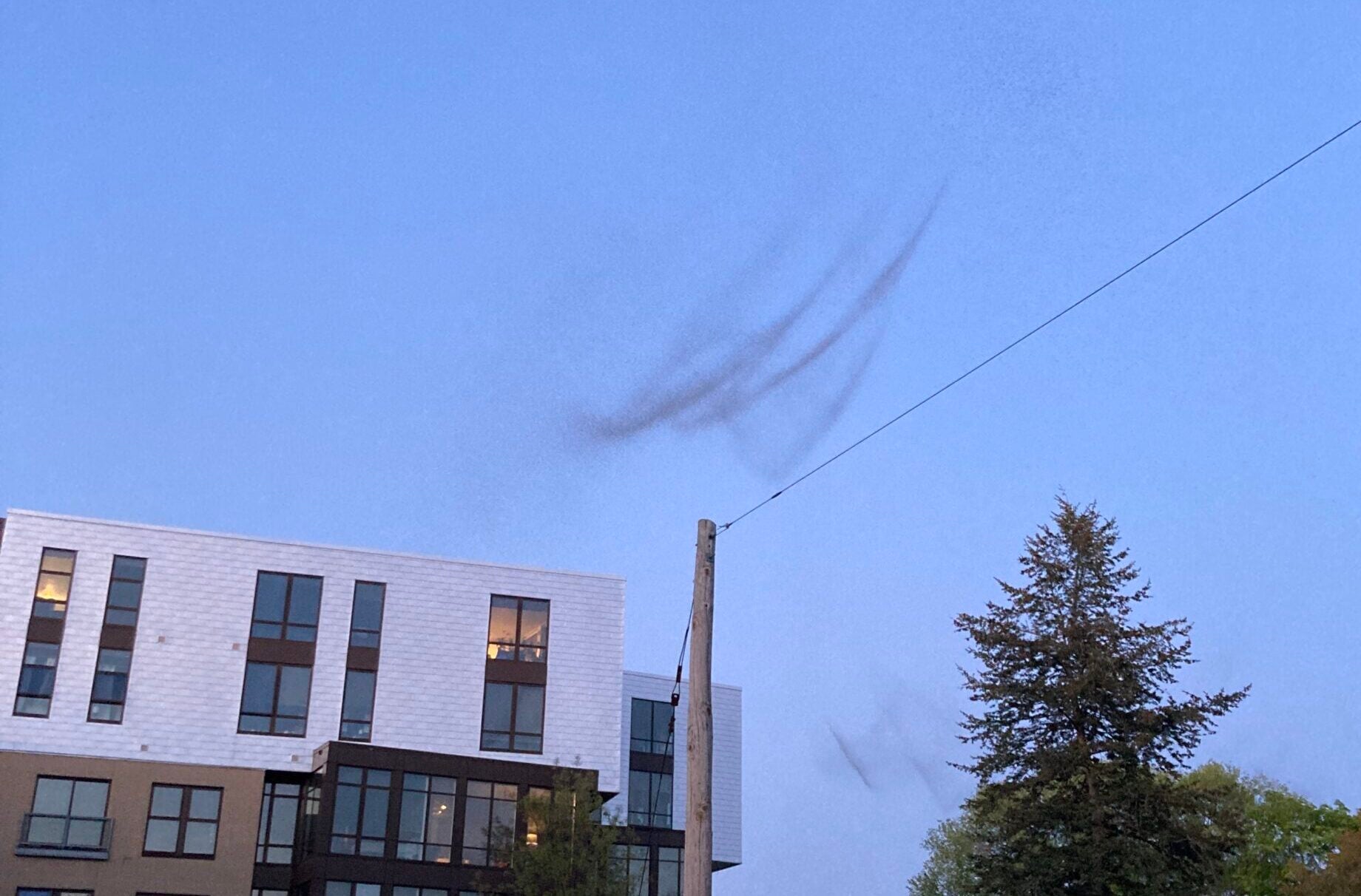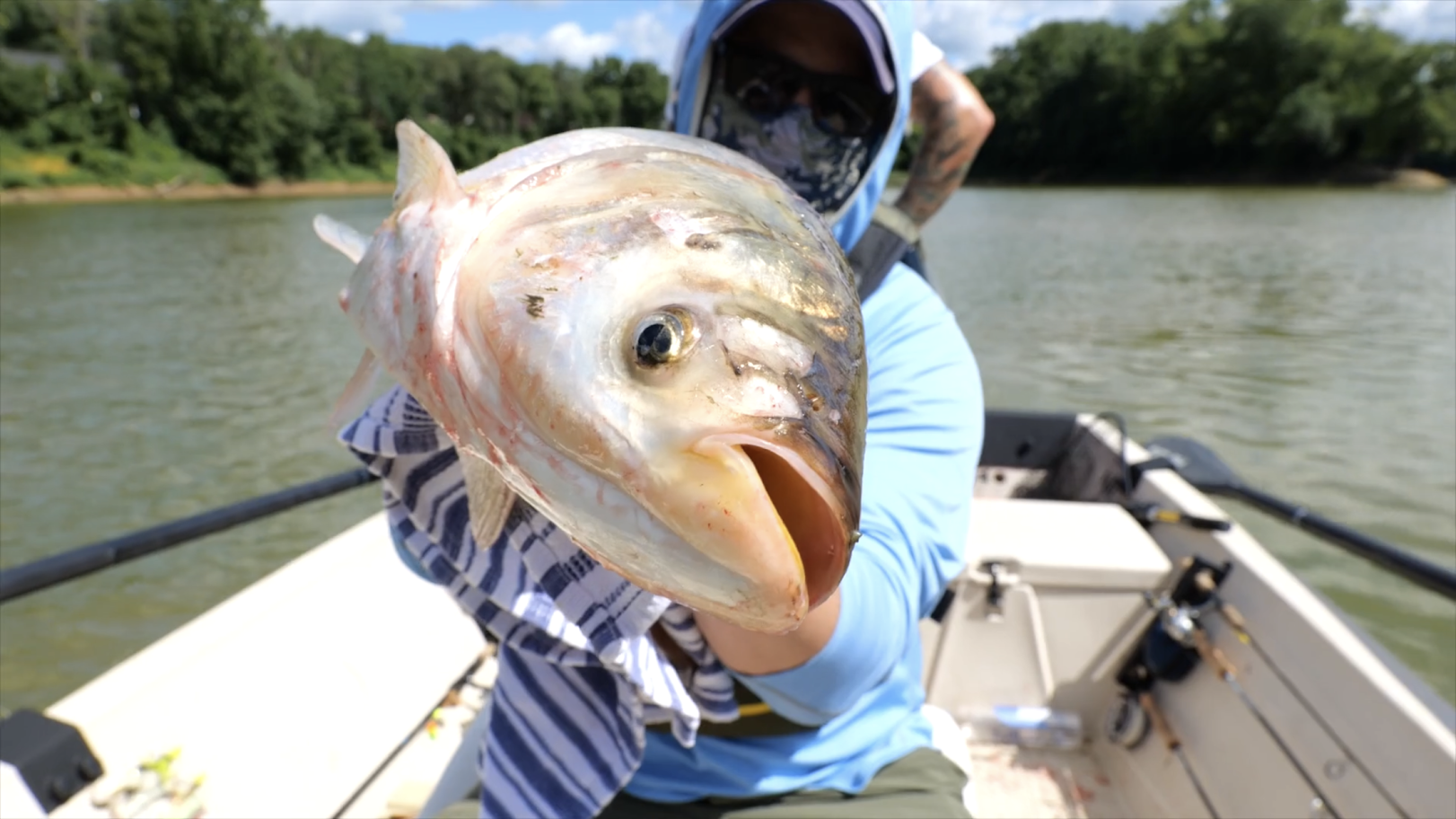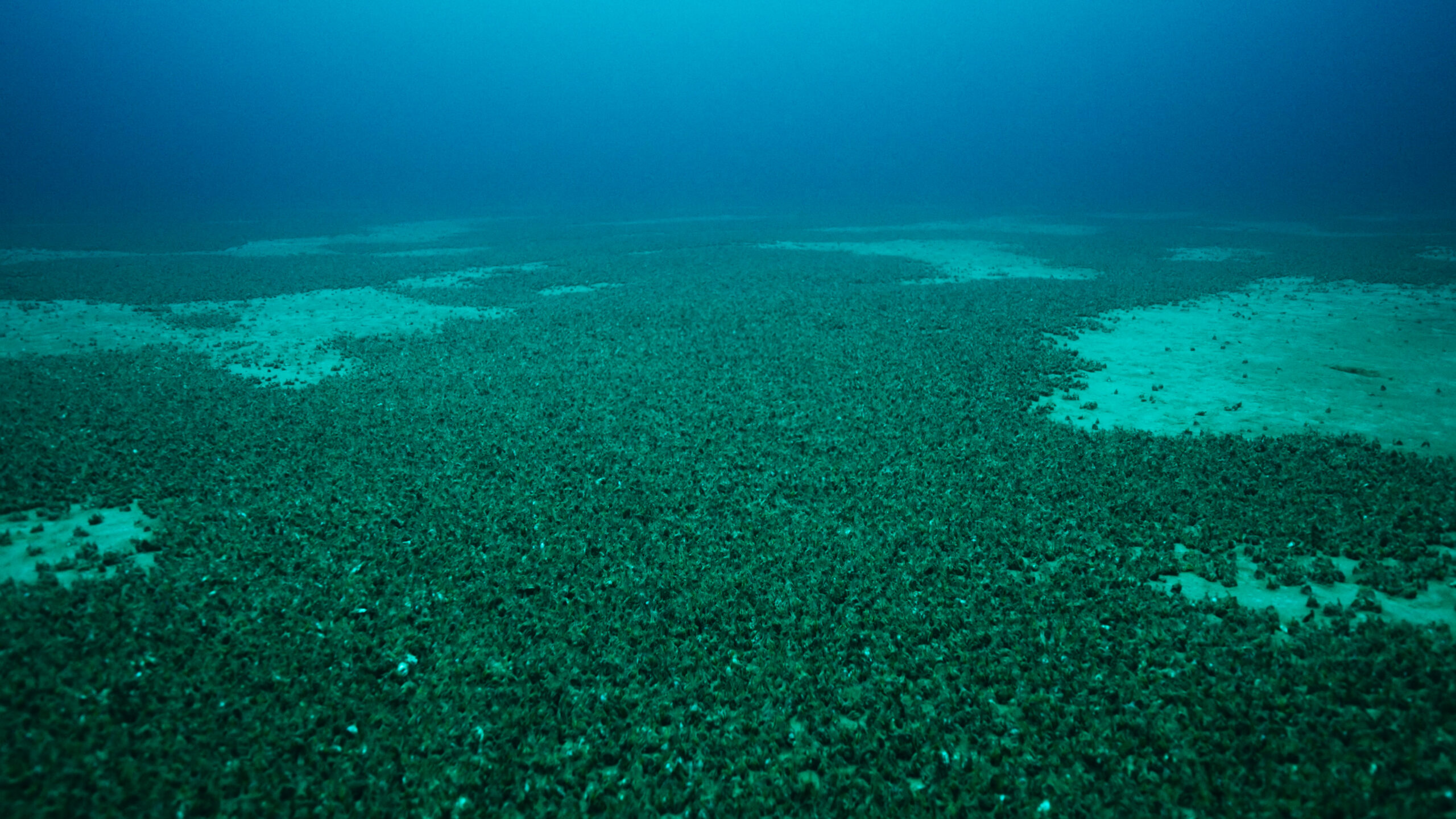This summer, interns for the Geneva Lake Environmental Agency were doing routine research at Geneva Lake when they discovered several unusual mussels.
They looked similar to zebra mussels, a common invasive species in Wisconsin’s waters since the 1980s. The agency contacted the Wisconsin Department of Natural Resources, whose scientists confirmed the mussels were part of a more recent invasive wave: they were quagga mussels.
The DNR first recorded quagga mussels in Lake Michigan in 2000, and in Lake Superior in 2005. They were found in the Mississippi River in 2006.
News with a little more humanity
WPR’s “Wisconsin Today” newsletter keeps you connected to the state you love without feeling overwhelmed. No paywall. No agenda. No corporate filter.
But Geneva Lake is Wisconsin’s first inland lakes with a confirmed population of the invasive mollusk.
“We did date a few of those, or age a few of the quagga mussels, and the ones that have looked at a little more closely are around two or three years old, so they’ve been there, but we just haven’t detected it until this year,” said Amy Kretlow, the DNR’s aquatic invasive species program coordinator.
A more resilient invader
Jake Vander Zanden directs UW-Madison Center for Limnology — the study of lakes. He says both zebra and quagga mussels feed on phytoplankton, the base of the aquatic food chain.
“In effect, what they do is they will undermine the basis of the food web, and that can have impacts on fisheries,” Vander Zanden said. He added that the mussels create good conditions for algae growth, which gets smelly when washing up on beaches.
Lisie Kitchel monitors Wisconsin’s native mussel species for the DNR. She said both invaders literally grow onto native mussels.
“They’re attracted to the shell material because they need that same calcium carbonate for their shells,” Kitchel said.
“When I’m diving in the Mississippi River, if I come up with a ball of zebra mussels, I know that when I break that open I’m either going to have a snail or a mussel — a native clam — inside that ball of zebra mussels,” she said.
However, there is a key difference between the two invaders: while zebra mussels need hard surfaces like piers or rocks to latch onto, quagga mussels are able to grow on soft lake bottoms.
Lake bottoms are a mix of hard surfaces like stone and soft surfaces like sand and mud. “Most lakes are mostly soft bottom. So as an example, we look at Lake Mendota and it’s about 5 percent hard bottom. 95 percent soft bottom,” Vander Zanden said.
Vander Zanden expects quaggas to be better than zebra mussels at colonizing Wisconsin’s largely soft-bottom inland lakes.
Unexpected effects on ecosystems
Not all native species are equally impacted by invasive mussel colonies.
“Freshwater drum, also known as sheephead, pumpkin seed sunfish, carp, they’re capable of feeding on zebra mussels, so they thrive. And of course, there are the species that don’t feed on zebra mussels, and they don’t,” Vander Zanden said.
But even fish that switch to eating invasive mussels can feel the effects, according to Kitchel.
“In the Mississippi River, the carp switched over to eating zebra mussels,” Kitchel said. But invasive mussels have less caloric value than native ones.
“What they have found over time, in the presence of zebra mussels, is that the carp, for the same length of carp, they are lighter, they’re not weighing as much,” she said.
Some native species develop defenses against invasive mussels.
Kitchel said native mussels sometimes bury themselves into lake and river bottoms when under attack from invasive ones.
“(The invasive mussels) can’t survive, because they can’t siphon and get in oxygen, and get in their food and things like that, whereas our native mussels can, quote unquote, ‘clam up,’ and just go down for the duration and then come back up,” she said.
Recreational boats thought to spread invasive mussels
According to the DNR, quagga mussels often spread in boats’ bilge water or livewells. They can also hitch rides from lake to lake in bait buckets.
Kretlow, the department’s aquatic invasives coordinator, said important prevention measures include “making sure that all your boat equipment is drained and livewells drained, and making sure that you clean off your equipment well. Same message that we would do for zebra mussels.”
In a May report, Wisconsin’s Green Fire noted that wake boats could be particularly efficient at spreading quagga mussels given their large ballast and bilge capacities. The boats are increasingly under scrutiny for their effects on erosion and the spread of invasive species.
Wisconsin Public Radio, © Copyright 2025, Board of Regents of the University of Wisconsin System and Wisconsin Educational Communications Board.



